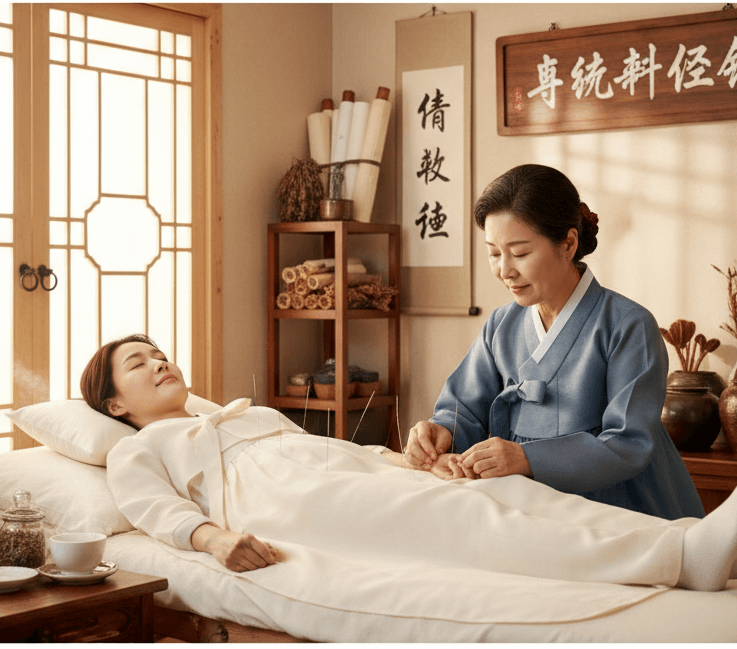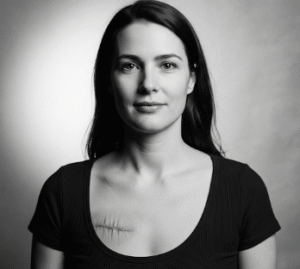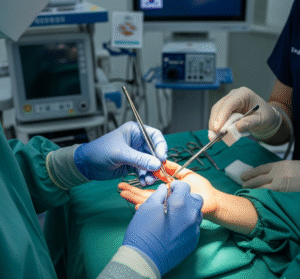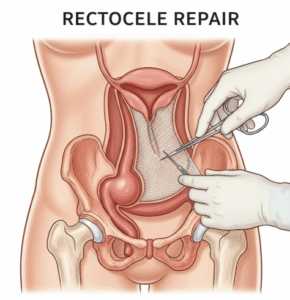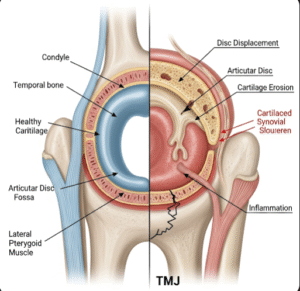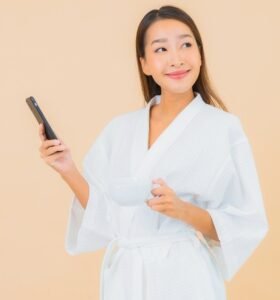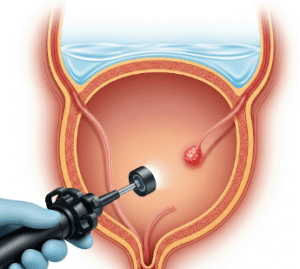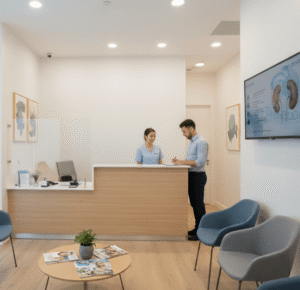Acupuncture is one of the most well-known forms of traditional medicine in the world, and in Korea, it holds a special place in both history and modern healthcare. Traditional Korean Acupuncture, or Chimsul (침술), is more than just an ancient healing technique — it’s a deeply refined medical practice that connects body, mind, and energy balance. Rooted in centuries of observation and philosophy, it continues to thrive today, often used alongside modern medicine for pain relief, stress reduction, and holistic wellness.
The Origins of Korean Acupuncture
Acupuncture in Korea dates back more than 2,000 years and developed its own unique theories distinct from Chinese and Japanese traditions. Korean practitioners emphasize the balance of Qi (vital energy) within the body and its harmonious flow through meridians, or energy channels. When Qi is blocked or unbalanced, illness and pain occur.
➡️ Distinct features of Korean acupuncture:
• Simplicity and precision: Korean methods often use fewer needles but place them very strategically.
• Hand acupuncture (Sujichim): A Korean innovation that treats the entire body by stimulating points on the hands.
• Balancing techniques: Focused on harmonizing Yin and Yang energy within each organ system.
• Integration with moxibustion: Heat therapy (burning dried mugwort on acupuncture points) is often used together to boost results.
💡 Insight: Korean acupuncture blends ancient philosophy with modern understanding of anatomy and physiology, making it both holistic and evidence-informed.
How Korean Acupuncture Works
In a typical session, very thin sterile needles are inserted into specific points along the body’s meridians. The practitioner may adjust or gently stimulate the needles to enhance Qi circulation.
➡️ Main goals of treatment:
• Unblock stagnant energy that causes pain or tension.
• Stimulate the body’s natural healing responses.
• Regulate organ function and improve overall vitality.
• Balance the nervous, hormonal, and immune systems.
✅ Scientific perspective: Research shows that acupuncture triggers the release of endorphins (natural painkillers), improves blood flow, and affects brain regions related to mood and stress.
Common Conditions Treated with Korean Acupuncture
Korean acupuncture is used for both physical and emotional health issues. It’s recognized in hospitals, wellness centers, and traditional clinics (Hanuiwon) across Korea as a complementary or alternative therapy.
➡️ Health conditions commonly treated:
• Chronic pain: Back, neck, shoulder, and joint pain.
• Headaches and migraines: Reduces frequency and intensity of attacks.
• Digestive problems: Regulates metabolism and relieves stomach discomfort.
• Women’s health: Menstrual cramps, fertility issues, and menopause symptoms.
• Stress and insomnia: Calms the nervous system and promotes relaxation.
• Allergies and sinus issues: Strengthens immune and respiratory function.
• Post-stroke recovery: Helps improve circulation and motor function.
💪 Result: Regular acupuncture sessions can improve both acute symptoms and long-term health resilience.
The Korean Approach: Balance, Simplicity, and Individualization
Unlike standardized Western treatments, Korean acupuncture is deeply personalized. Practitioners assess each patient’s unique constitution (Chejil) — body type, energy balance, and emotional state — before determining which points to stimulate.
➡️ Key elements of the Korean method:
• Fewer needles: Korean practitioners often use fewer points but with high accuracy.
• Constitutional acupuncture: Treatment is based on the patient’s dominant energy pattern (e.g., cold, heat, dryness, dampness).
• Holistic assessment: Includes lifestyle, diet, emotional state, and sleep patterns.
• Integration with herbal medicine: Korean acupuncture is often paired with herbal tonics or teas for internal support.
🌿 Philosophy: True healing restores harmony — not only between organs but between the individual and their environment.
The Unique Method of Korean Hand Acupuncture (Sujichim)
One of Korea’s greatest contributions to acupuncture is Sujichim, developed in the 1970s by Dr. Tae-Woo Yoo. This system maps the entire human body onto the hands, allowing treatment of any organ or system by stimulating specific hand points.
➡️ Advantages of hand acupuncture:
• Non-invasive and quick; often used without full-body needles.
• Portable — can be self-applied using small pellets or press needles.
• Useful for chronic pain, fatigue, and stress-related symptoms.
• Excellent for children or those sensitive to traditional acupuncture.
🖐️ Tip: Sujichim’s simplicity makes it popular not only in clinics but also among wellness enthusiasts practicing at home under guidance.
Modern Science Meets Ancient Practice
Today, Korean acupuncture is supported by research-based validation. Korean universities and medical centers conduct ongoing studies to understand its mechanisms and clinical benefits.
➡️ Scientific findings include:
• Activation of specific brain regions responsible for pain and stress modulation.
• Improvement in microcirculation and oxygen delivery to tissues.
• Regulation of inflammatory markers in chronic disease patients.
• Enhanced recovery in post-surgical or post-stroke rehabilitation.
• Psychological benefits such as reduced anxiety and better sleep quality.
✅ Integration in modern medicine: Many hospitals in Korea have traditional medicine departments, allowing patients to receive acupuncture alongside conventional treatment — an approach that reflects Korea’s belief in harmony between science and tradition.
Benefits Beyond Physical Healing
Korean acupuncture doesn’t only target symptoms; it promotes mental clarity and emotional balance. The rhythmic nature of treatment encourages deep relaxation, allowing the body to reset its internal rhythm.
➡️ Holistic benefits include:
• Lower stress and tension levels.
• Improved concentration and energy flow.
• Strengthened immunity and faster recovery from fatigue.
• Emotional stability through regulation of the nervous system.
• Enhanced overall sense of balance and well-being.
✨ In Korean philosophy: A healthy body and calm mind are inseparable — both must be nurtured to achieve true healing.
Acupuncture Safety and What to Expect
Acupuncture is considered very safe when performed by a licensed practitioner. The needles used are sterile, single-use, and hair-thin, causing minimal discomfort.
➡️ Before your first session:
• Wear loose clothing for easy access to treatment areas.
• Avoid heavy meals or alcohol before treatment.
• Expect mild sensations such as warmth, tingling, or relaxation.
• Post-session, drink plenty of water and rest if needed.
⚙️ Duration: Sessions typically last 20–40 minutes, depending on condition and response.
The Future of Korean Acupuncture
As the world embraces holistic health, Korean acupuncture is gaining international recognition. Clinics across Asia, Europe, and the U.S. now integrate Korean-style acupuncture, particularly for pain management and stress relief.
➡️ Emerging trends:
• Use of AI-assisted acupuncture mapping to improve precision.
• Digital acupuncture education for remote learning and certification.
• Integration with wearable health monitors to track treatment outcomes.
• Expansion of medical tourism, where visitors experience traditional Korean therapies.
🌍 Vision: Korean acupuncture will continue evolving — merging traditional wisdom with modern research to offer safe, personalized, and effective natural healing worldwide.
Final Thoughts
Traditional Korean acupuncture stands as a remarkable blend of ancient philosophy and modern science. It’s more than a pain-relief method — it’s a holistic system designed to restore balance, vitality, and harmony in both body and mind.
By improving energy flow, enhancing immunity, and nurturing mental calm, Korean acupuncture offers a pathway toward lasting wellness that resonates deeply with Korea’s broader philosophy of life: health through balance, healing through harmony.

